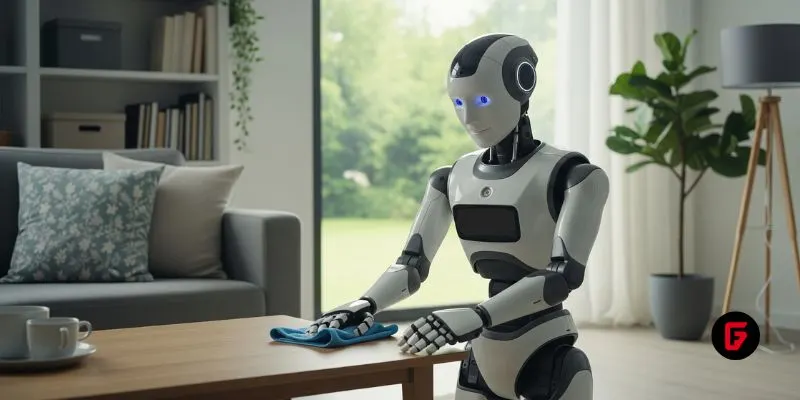Forget the sci-fi—humanoid robots aren’t just theoretical anymore. In 2025, you can actually buy a robot that looks, moves, and (sort of) thinks like a person, from countries as diverse as China, Norway, and the U.S. But what are your real options, how much do they cost, and what will these high-tech companions actually do for you? Let’s dive into the evolving world of commercial humanoid robots—and unpack what’s hype, what’s real, and what’s still to come.
What Humanoid Robots Are Actually Available for Purchase in 2025?
It wasn’t long ago that humanoid robots existed only in research labs or on viral parkour videos. Today, that’s changed – here is a list of some available to buy right now and other robots, like Tesla Optimus and Figure 02, are not yet widely available to consumers but are actively being tested in industrial and limited pilot applications.:
Unitree R1 – China’s Unitree R1 has shocked the market with a launch price of just $5,900, making it one of the most affordable AI-powered, full-size humanoid robots available globally. R1 can walk, flip, balance, recognize voices, and interact using a customizable open SDK, aiming to become the “everyperson’s robot.” Unitree’s earlier models, like the G1, sold at $16,000 and were aimed at educational or research settings.
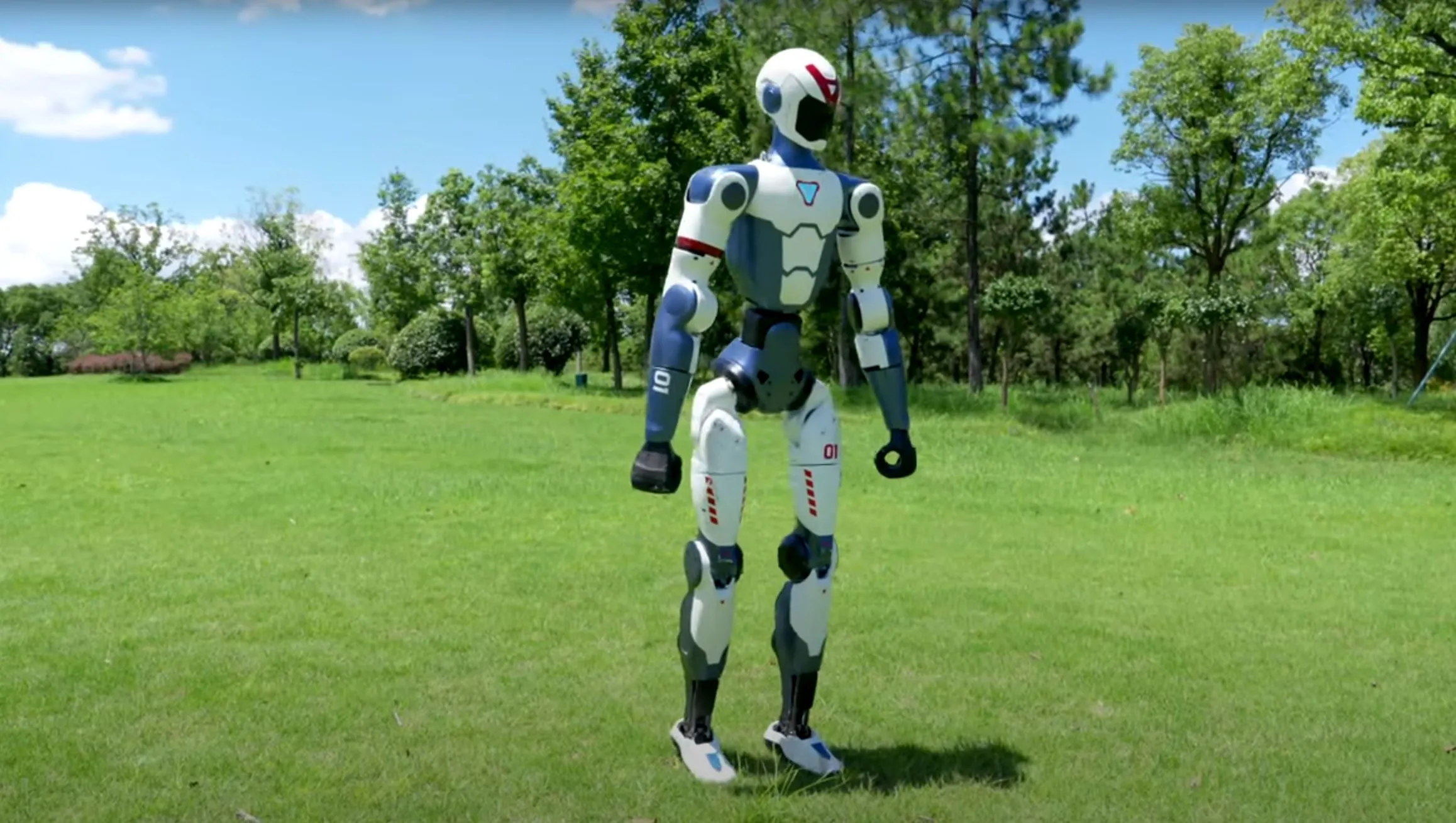
Tesla Optimus – Promised for late 2025, Tesla’s highly anticipated Optimus is expected to be priced (eventually) “significantly under $20,000,” with rumored figures as low as $30,000. Designed for both factory work and personal assistance, the Optimus is already undergoing real-world testing in Tesla’s factories. The plan? Mass-market robots for household and practical tasks.
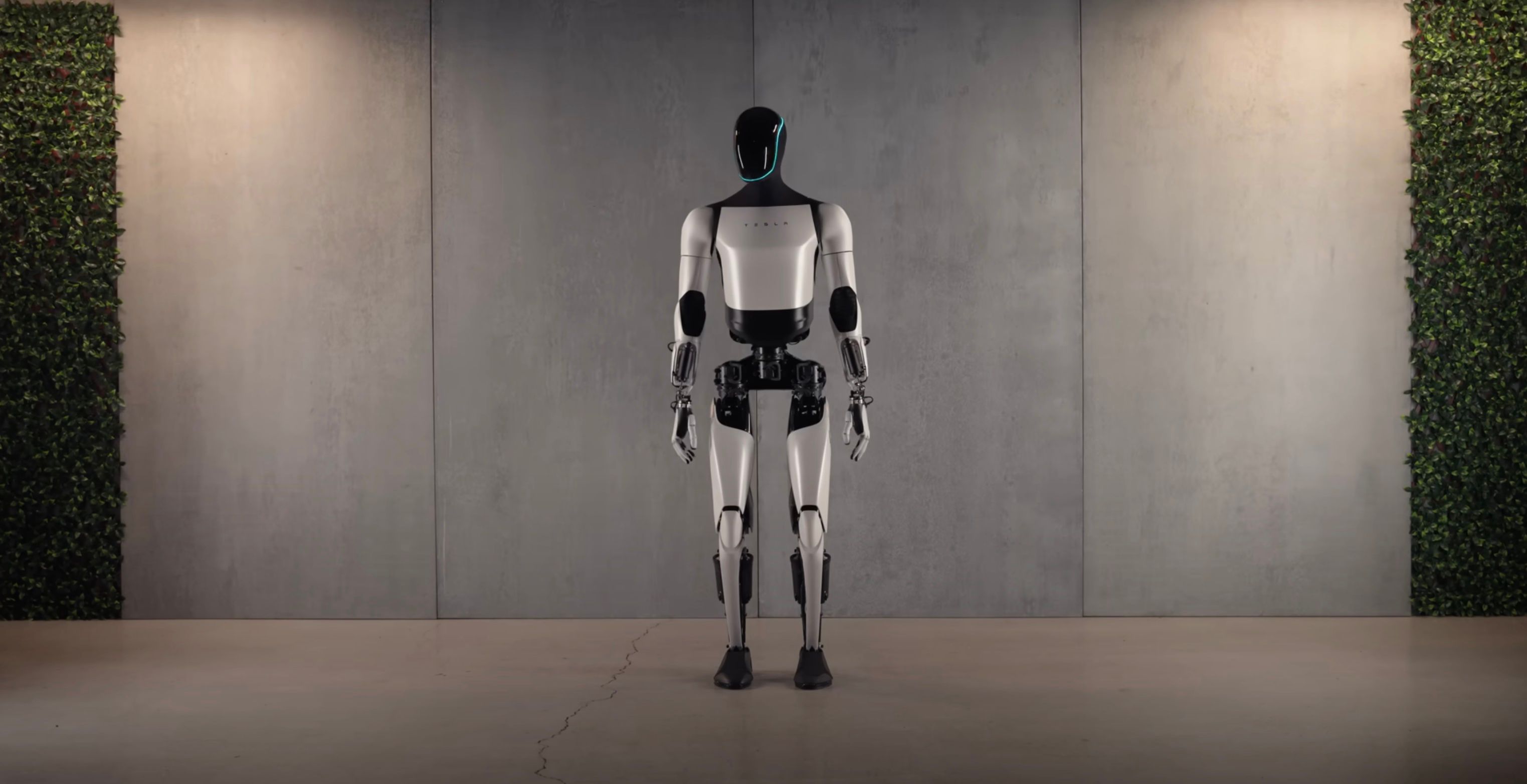
Figure 02 by Figure AI – Figure AI’s Figure 02 is a full-size, general-purpose humanoid trained on both vision and language, already deployed at BMW’s U.S. plant, and primed for wider use in both industry and, eventually, homes. Expect high sophistication, with a price to match its premium spec.
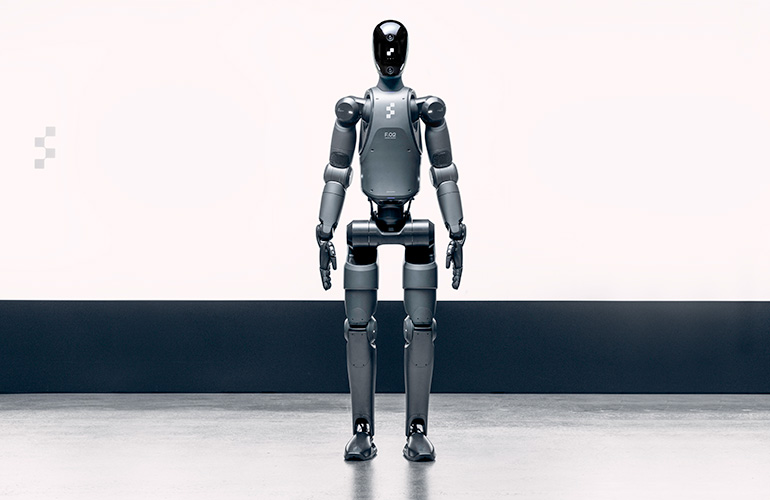
Fourier Intelligence GR-1 – Already in mass production, the GR-1 is positioned for caregiving and healthcare. Standing at 5’5”, it can walk, lift up to 50 kg, understands language, and navigates complex environments. It’s ready-to-ship and already out of “research mode,” but exact retail pricing is still confidential, with early figures hovering around $100,000 per unit.
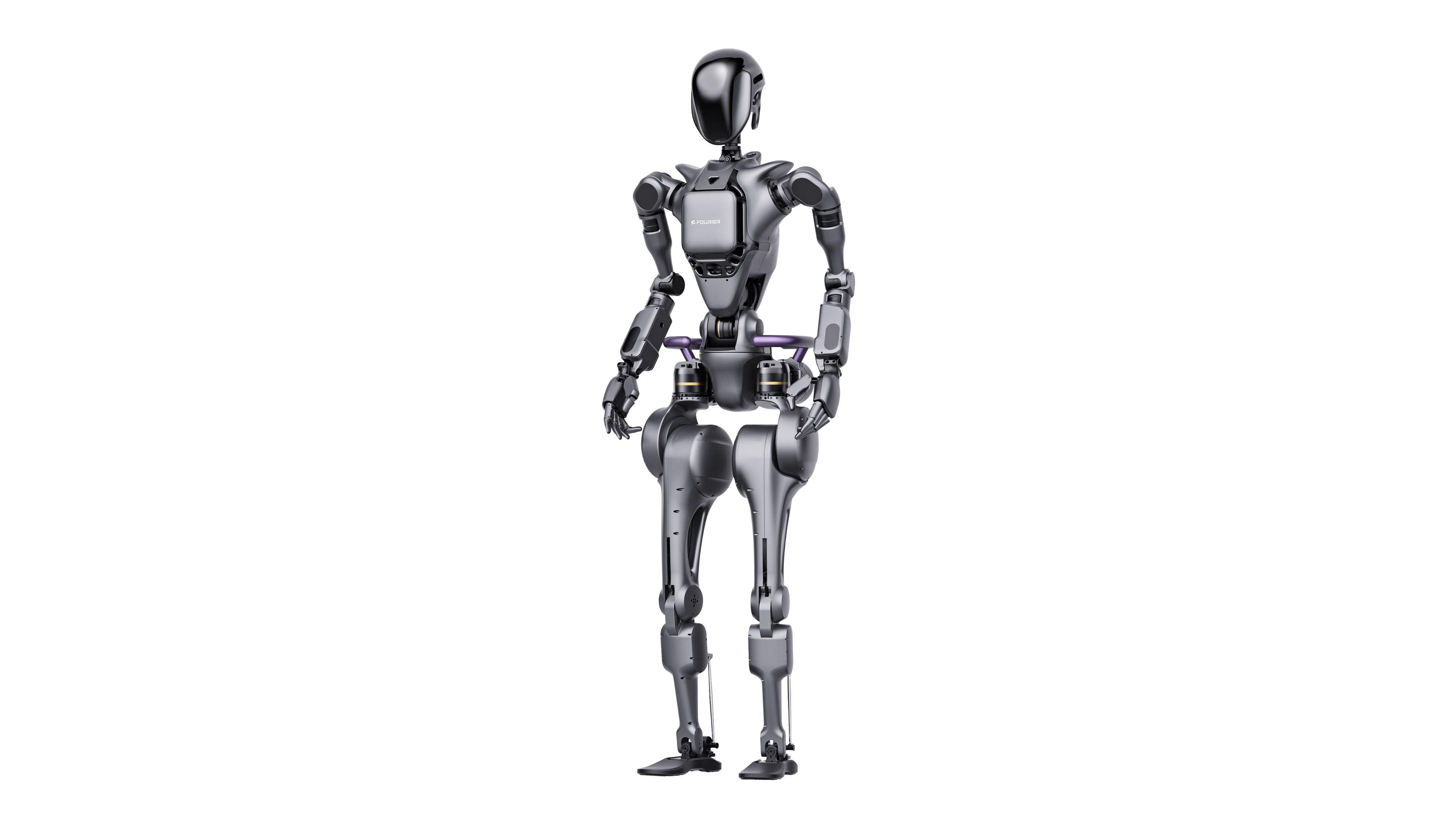
NEO by 1X Technologies – Norwegian startup 1X has begun real-world pilot tests of NEO, with plans to bring this home-focused humanoid helper to at least 100 residences for chores, companionship, and data collection to further train the robot’s skills. The cost? Like buying a small car: tens of thousands of dollars for early adopters.

Other Notables: Agility Robotics’ Digit (designed for carrying and warehouse work), Apptronik’s Apollo, and robots like Ameca (by Engineered Arts) are all in various advanced stages—most are available as business solutions now, with consumer versions coming soon.
If you’re shopping with a tight budget, desktop “humanoids” like Hugging Face’s HopeJR ($3,000) and Reachy Mini ($250) offer limited mobility and intelligence—think of them as open-source experimenter platforms, not walking helpers for the home.
How Do Consumer Humanoid Robots Actually Work—and What’s Next?
Today’s humanoid robots are more than remote-control toys or glorified vacuum cleaners. What sets them apart?
Mobility & Dexterity: With up to 44 degrees of freedom (like GR-1 and Figure 02), these robots can walk, grab objects, and adapt to new environments.
AI Power: Modern bots, like Tesla’s Optimus and Figure 02, combine advanced vision, language models, and real-time sensor feedback for situational awareness. They can follow natural voice commands and even plan tasks using AI.
Customization: Open platforms (like Unitree R1) encourage developers worldwide to create custom behaviors, making the robots infinitely adaptable.
Industrial Meets Domestic: Most robots launching today are first tested in warehouses and factories, handling repetitive tasks. Home versions such as NEO and Digit are just beginning to tackle household chores, like cleaning windows or fetching a drink.
There’s a catch: most full-featured humanoids still cost upwards of $20,000—and we’re only just entering the phase where they’re being tested in real people’s homes.
Why Are Humanoid Robots Suddenly Hitting the Market?
Mass Production: Companies like Unitree, Figure AI, and Fourier Intelligence have pushed robots beyond prototypes—factories are now producing units at (relatively) accessible prices, targeting not just research buyers but the public.
AI Advances: The fusion of large language models and robotics has supercharged what bots can do, making flexible, “trainable” robots practical and not just theoretical.
Global Ambition: China, backed by government subsidies, has become a major player, driving down costs and accelerating development. The U.S. is catching up, as Tesla and Figure promise mass-market availability soon.
The Humanoid Revolution Has Arrived
The era of purchasable humanoid robots is finally here—even if it’s still early days for everyday home use. Whether you’re a maker itching for an open-source tinker robot, a business owner seeking automation, or simply a fan craving a home helper, 2025’s lineup proves the dream is real and the future is now. Keep your eyes open: the robot in your next viral video—or your living room—might not be science fiction after all.

